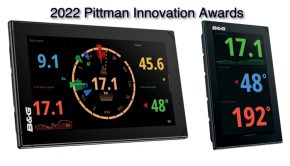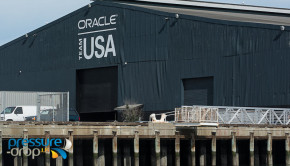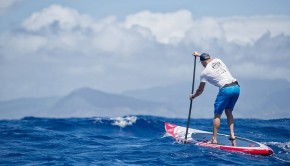Guidelines for press/photo boats: assignment & operation
Published on December 15th, 2011
Guidelines for press/photo boats: assignment and operation
The purpose is to maximize media’s benefit to the event by putting them in the best possible positions to report on the action and to obtain high-quality photographs and video. At the same time, the boat’s presence must not affect the competition.
The ideal press/photo boat has:
- A flying bridge for maximum vision, but larger inflatables or Whalers are adequate in moderate conditions;
- For match racing, moderate size (up to 35 feet) allowing for tight maneuverability, minimum wake and small profile for windage;
- Twin screws to facilitate holding in position head-to-wind in breeze and turbulence.
The ideal press/photo boat driver has:
- Experience in twin-screw power boat handling;
- Working knowledge of sailboat racing;
- A basic understanding of the nuances of match racing;
- Keen concentration at all times to avoid interfering with a race boat with his wake or by his position on the race course. In that regard, a driver should never use a cell phone or otherwise become distracted by idle conversation during a race.
Basic rules:
- During the pre-start sequence, remain well below the starting line or in an open area of water off to one side;
- In close quarters, maintain enough open water on all sides to allow race boats to pass comfortably;
- When on a possible collision course with a race boat, come to a complete stop, do not drift and raise your arms to signal you’re in neutral –- LET THEM AVOID YOU!
- When moving up and down the course, remain outside the race boats’ angles to the next mark and constantly monitor your wake.
In general:
The press officer or an assigned representative will be aboard to assist the driver by suggesting where to position the boat and which match to follow. In turn, the press officer shall consider the requests of media in those regards.
If possible, it would be useful to have a knowledgeable backup crew member to assist in handling the boat dockside and to act as a spotter for the above considerations on the water. The spotter also should be familiar with these guidelines.
Written by Rich Roberts








 We’ll keep your information safe.
We’ll keep your information safe.